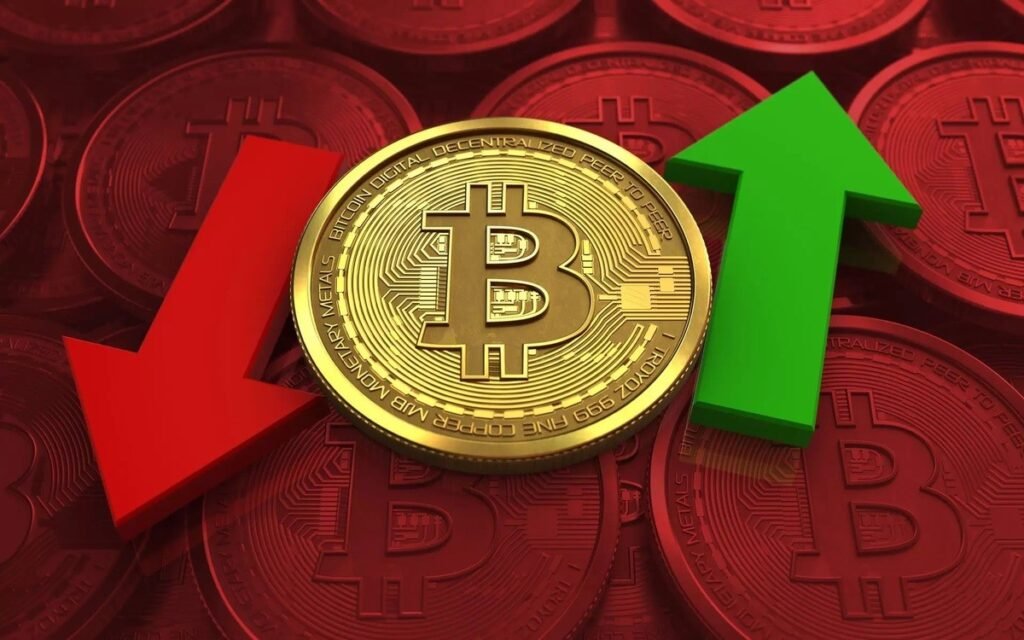After a year of growth, Bitcoin topped $100,000, marking a new chapter in the cryptocurrency market. Trading View data shows Bitcoin crossed this psychological barrier on Dec. 5 mere weeks after topping $90,000 on Nov. 12. Bitcoin also reached $104,000 at 3:08 a.m. UTC after breaking $100,000. Net flows into US spot Bitcoin exchange-traded funds have reached $31 billion, and Bitcoin’s fourth halving in April has tightened supply.
Republican Donald Trump has gained the US presidency, the state has boosted Bitcoin’s strategic reserve, and MicroStrategy’s Michael Saylor has led a surge of corporate Bitcoin adoptions that have raised Bitcoin’s price. Also, Trump’s nomination of cryptocurrency proponent Paul Atkins to Gary Gensler’s Securities and Exchange Commission chair may ease some of the regulatory constraints that have hampered the sector under the Biden administration.
$100K Key Factors Driving Bitcoin’s Surge
Several reasons caused the price to reach a record high. Bulging institutional adoption of Bitcoin as a market category is a big contribution. Respected organizations, financial institutions, countries, and even certain authorities now view Bitcoin as a store of value or inflation hedge, similar to gold. This shift has increased Bitcoin demand from wealthy investors, raising the price.
Bitcoin’s limited supply also drives up prices. Scarcity (only 21 million BTC will be mined) has always made it appealing. The price of Bitcoin is expected to rise as more individuals recognize its rare digital asset potential. These continuous halving occurrences, which limit miners’ block rewards, have historically caused price increases since the currency is less available and in higher demand.
The market has also been crucial. With global inflation, central bank monetary policies, and economic uncertainty continuing to cause problems in traditional markets, more investors are turning to Bitcoin Tops for safety. Many consider Bitcoin a good inflation hedge, along with precious metals, and a decentralized digital asset. Bitcoin has benefited from the attitude shift as people and institutional investors seek alternatives to fiat currencies.
Bitcoin’s Role in the Future Financial System
The explosive price growth of Bitcoin is not only a short-term event but a part of a broader trajectory, where digital currencies are gradually considered legitimate assets. While testing the waters with digital currencies and investigating blockchain technology, both governments and central banks allow Bitcoin to take the lead in this transforming financial ecosystem.
 Albeit Bitcoin Tops is a competing crypto alternative to the CBDCs and the other coins with the centralized nature of the bank, still, due to its decentralization and solid supply, it will be very attractive for that group of people who want something different from the current fiat currencies. The increase of decentralized finance (DeFi) platforms and the rise in their uses.
Albeit Bitcoin Tops is a competing crypto alternative to the CBDCs and the other coins with the centralized nature of the bank, still, due to its decentralization and solid supply, it will be very attractive for that group of people who want something different from the current fiat currencies. The increase of decentralized finance (DeFi) platforms and the rise in their uses.
Bitcoin as collateral for loans, derivatives, and other financial products, switched. Its position to a leading player in the digital financial landscape. The ever-increasing inclusion of Bitcoin in the DeFi ecosystem, along with its use as a store of value and a medium of exchange, indicates the likelihood of its expanding influence in the financial industry in the forthcoming years.
The Volatility Factor and What’s Next for Bitcoin
Bitcoin Tops is a volatile investment despite its spectacular surge. Investors and analysts know that cryptocurrency prices often correct after rallies. However, Bitcoin’s price history suggests that these corrections are usually brief and the trend is upward.
The major question is whether Bitcoin will continue its surge or backtrack. Many experts believe that Bitcoin will appreciate above $100,000, and some anticipate that it will reach new highs in the coming months or years. However, some caution that regulatory changes, market manipulation, or unanticipated events could trigger substantial price variations.
Bitcoin’s surge above $100,000 has been accompanied by short-term volatility, but it’s a milestone for cryptocurrencies. It shows that digital asset demand is rising and that Bitcoin dominates the global financial system. Bitcoin’s steady rise will be discussed by investors, regulators, and financial institutions as the market grows.
Also Read: Bitcoin’s High Price Turning Off Retail Investors?
Conclusion
Bitcoin crossed $100,000, a milestone in cryptocurrency history. It exhibits Bitcoin’s potential as a store of value and inflation hedge and its widespread acceptance as an asset class. Bitcoin’s rise above $100,000 suggests a bigger trend of digital asset adoption and integration into the mainstream financial system, notwithstanding the cryptocurrency market’s volatility. Bitcoin may reach even greater milestones as institutional interest develops and technology advances.
[sp_easyaccordion id=”1750″]


